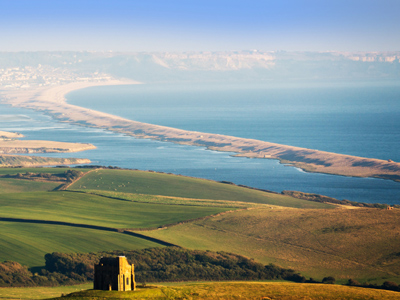
Coastal Deposition
The features that are found on a coastline, and the processes which form them, is one of the topics looked at in GCSE Geography. This quiz looks specifically at those features which are caused by coastal deposition.
Is there anything more enjoyable than a day at the beach? Golden sand for lying on, the sea for swimming and surfing, rocky headlands that can be walked along, bays that are sheltered from the worst of the wind and waves, and tall, towering cliffs with rocky shingle beaches below and caves carved into their faces.
All these are beautiful features of a coastline, but have you ever thought about what caused them - specifically, how stuff is deposited on the coastal margins? Next time you’re walking on the shore you’ll be able to understand why the waves make two different noises as they wash up the beach and then wash down again, and what a reef actually is. Deposition can create marshes and coastal barriers as well as sand and shingle beaches.
Ready for more?
not all...
quizzers. Try to win a coveted spot on our Hall of Fame Page.







